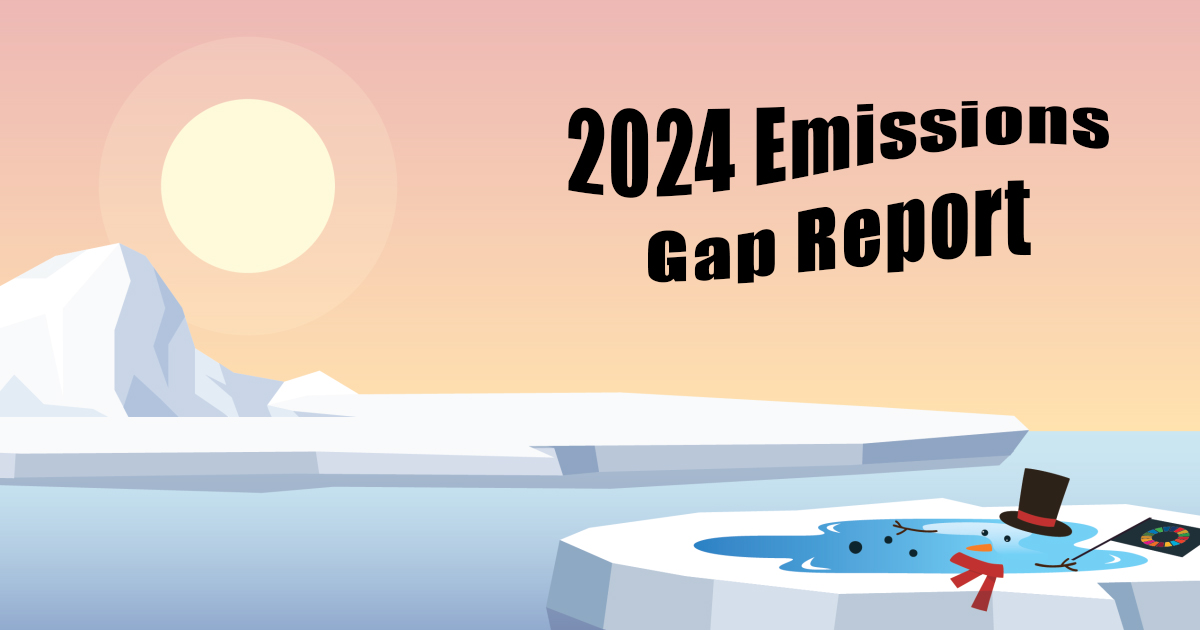
2024 Emissions Gap Report from the UN Environment Programme (UNEP) highlights an urgent gap between current emission levels and the reductions needed to limit global warming to 1.5 degrees Celsius, as set by the Paris Agreement. This report underscores the need for accelerated action and more stringent commitments.
Key Findings of the 2024 Report
- Greenhouse Gas Emissions: In 2023, global GHG emissions reached a record 57 gigatons (Gt) CO₂ equivalent, a 1.3% increase from 2022. China, the United States, and India are the top three GHG emitters, with India ranking third.
- Disparities in Emissions: The six largest emitters are responsible for 63% of global emissions, while the least developed countries contribute just 3%. Over the period from 1850 to 2022, India’s cumulative CO₂ emissions (83 GtCO₂) are significantly lower than those of China (300 GtCO₂) and the US (527 GtCO₂).
UNEP’s Recommendations
- Emission Reduction Targets: Countries should set ambitious targets in their Nationally Determined Contributions (NDCs) to reduce annual GHG emissions by 42% by 2030 and 57% by 2035.
- Renewable Energy Deployment: Increasing the use of solar photovoltaic and wind energy could achieve 38% of the total emissions reduction potential by 2035.
- Comprehensive NDCs: NDCs should address all gases listed in the Kyoto Protocol, cover all economic sectors, and include specific targets.
India’s Nationally Determined Contributions (NDCs)
- Emission Intensity Reduction: India aims to cut its emissions intensity by 45% by 2030, compared to 2005 levels.
- Carbon Sink Creation: Through afforestation and reforestation, India plans to establish a carbon sink of 2.5 to 3 billion tonnes of CO₂ equivalent.
- Renewable Energy Goals: By 2030, India targets 50% of its energy needs to come from non-fossil sources, with a goal of installing 500 GW of renewable energy capacity.




